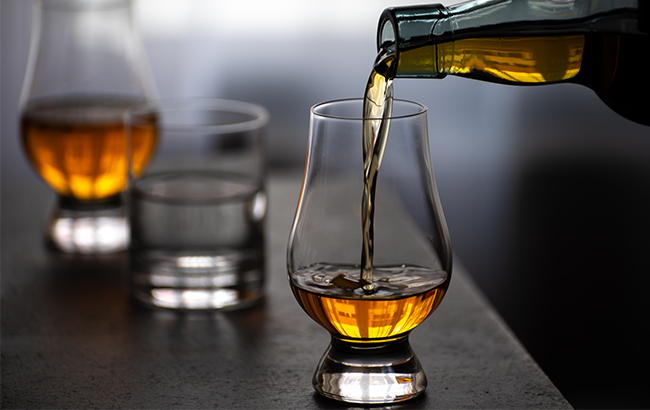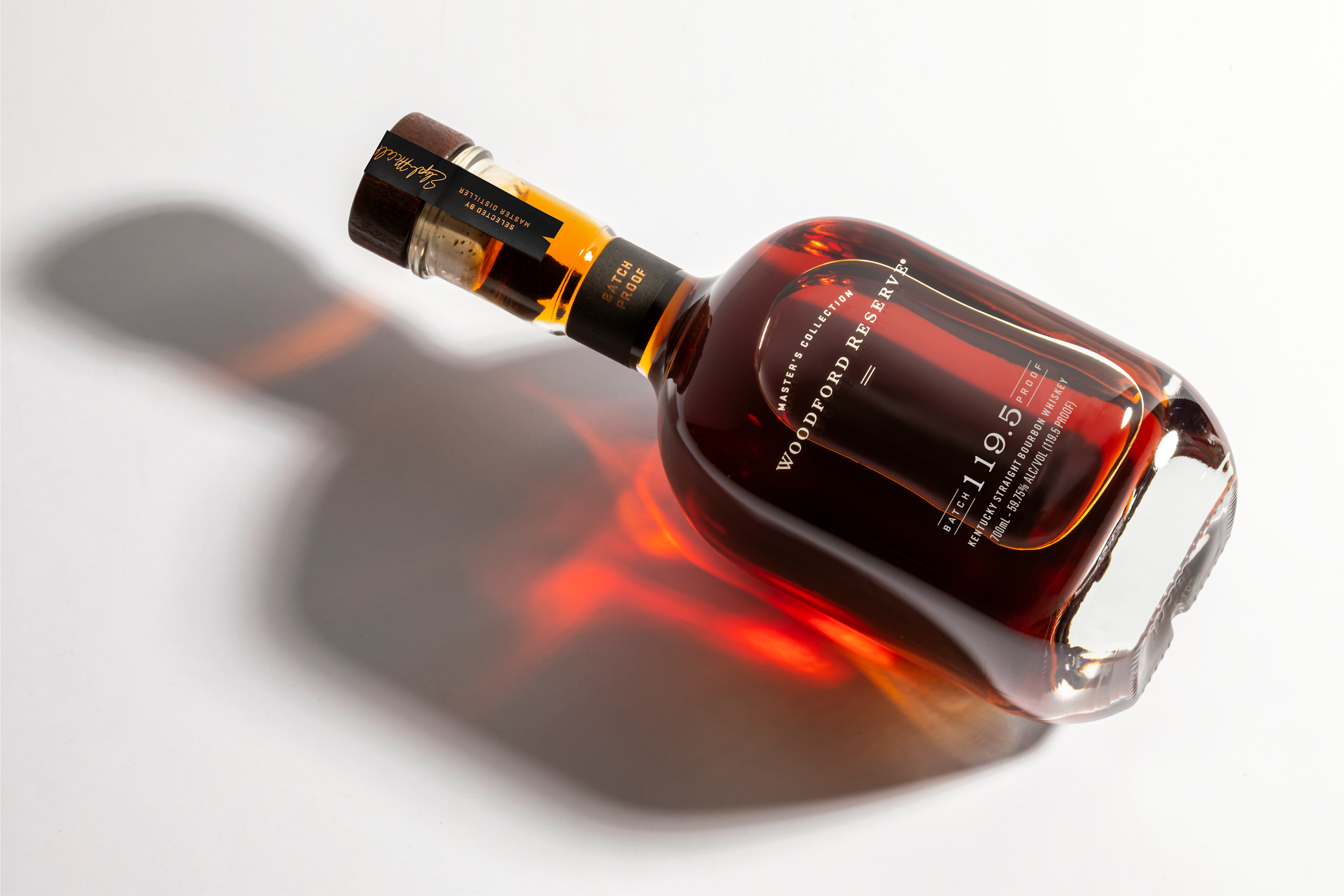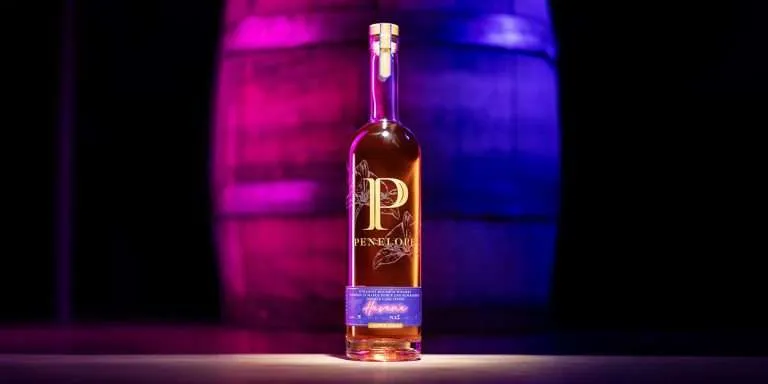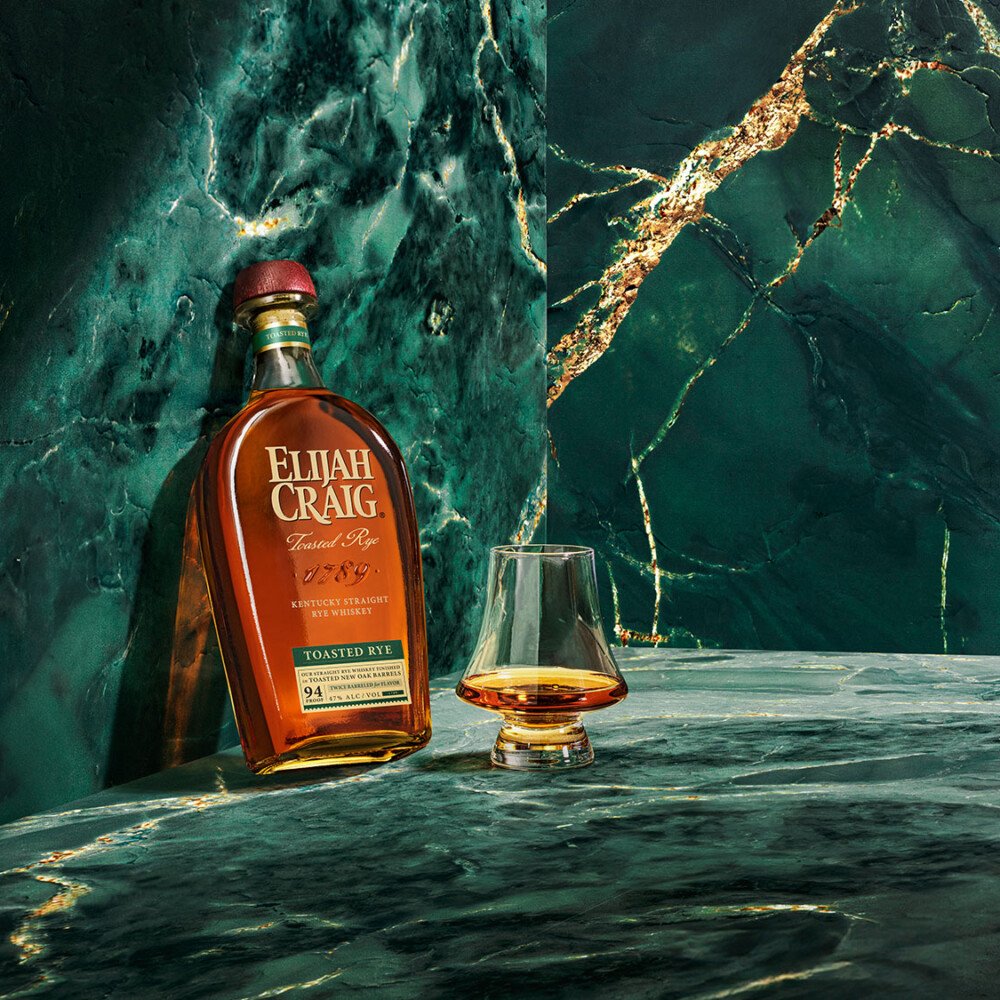Understanding the distinctions between single malt and blended whiskey is essential for any whiskey enthusiast. This guide delves deep into the characteristics, production methods, and flavor profiles of these two types of whiskey, offering a thorough comparison to enhance your appreciation and knowledge.
What is Single Malt Whiskey?

Definition and Characteristics
Single malt whiskey is crafted from malted barley at a single distillery. It is known for its pure expression, reflecting the unique qualities of the distillery where it was produced. The key characteristics of single malt whiskey include:
- Ingredients: 100% malted barley.
- Distillation: Distilled in copper pot stills, usually twice.
- Aging: Aged in oak barrels for a minimum of three years.
- Flavor Profile: Rich, complex, and often varies significantly based on the distillery’s location and techniques.
Production Process
The production of single malt whiskey involves several meticulous steps:
- Malting: Barley is soaked in water, allowed to germinate, then dried.
- Mashing: The dried barley is ground and mixed with hot water to extract sugars.
- Fermentation: Yeast is added to convert sugars into alcohol, creating a liquid called “wash.”
- Distillation: The wash is distilled twice in copper pot stills to increase alcohol content and refine the flavor.
- Aging: The distilled spirit is aged in oak barrels, developing its complex flavors over years.
Regional Variations
- Islay: Known for smoky, peaty notes.
- Speyside: Typically sweeter with fruity and floral hints.
- Highlands: Diverse flavors ranging from light and floral to rich and robust.
- Lowlands: Generally lighter and more delicate.
What is Blended Whiskey?
Definition and Characteristics
Blended whiskey is a mix of single malt whiskies and grain whiskies from multiple distilleries. The aim is to create a balanced and consistent flavor. The key characteristics of blended whiskey include:
- Ingredients: A blend of malt and grain whiskies.
- Distillation: Grain whiskies are often distilled in column stills.
- Aging: Each component is aged separately before blending.
- Flavor Profile: Smooth, balanced, and often more approachable for casual drinkers.
Production Process
The production of blended whiskey involves combining various whiskies to achieve the desired flavor profile:
- Creating Components: Single malt and grain whiskies are produced separately.
- Blending: After aging, these whiskies are blended by a master blender to ensure a harmonious taste.
- Final Product: The blend aims to balance the characteristics of each component, resulting in a consistent and smooth whiskey.
Key Blending Techniques
- Grain Selection: Grain whisky can be made from corn, wheat, or rye, each contributing different flavors.
- Blender’s Role: The master blender’s expertise is crucial in achieving the perfect balance and consistency.
- Batch Consistency: Ensuring that each batch maintains the same flavor profile is vital for brand reliability.
Flavor Profiles and Tasting Notes
Single Malt Whiskey
Single malt whiskey offers a diverse range of flavors that can vary significantly:
- Smoky and Peaty: Common in Islay malts, with intense smokiness and earthy peat.
- Fruity and Floral: Often found in Speyside malts, with notes of apple, pear, and flowers.
- Rich and Robust: Characteristic of some Highland malts, featuring deep, complex flavors of toffee, spice, and oak.
- Light and Delicate: Typical of Lowland malts, with subtle, gentle flavors.
Blended Whiskey
Blended whiskey is known for its smooth and balanced flavor:
- Approachable: Generally softer and more accessible for casual drinkers.
- Versatile: Suitable for drinking neat, on the rocks, or in cocktails.
- Consistency: Each bottle aims to deliver a uniform taste experience.
Choosing Between Single Malt and Blended Whiskey
Factors to Consider
- Flavor Preference: If you enjoy exploring complex and distinct flavors, single malt might be your preference. For a smoother and more consistent taste, blended whiskey is ideal.
- Occasion: Single malt whiskey is perfect for savoring slowly and appreciating the craftsmanship. Blended whiskey is versatile and can be enjoyed in various settings, from social gatherings to quiet evenings.
- Price Point: Single malt whiskies can be more expensive due to their production process and aging, while blended whiskies are often more affordable and accessible.
Conclusion
Understanding the differences between single malt and blended whiskey can significantly enhance your whisky experience. Single malt whiskies offer unique, complex flavors that reflect the distillery’s artistry, while blended whiskies provide a smooth, balanced, and consistent taste. Whether you’re a seasoned connoisseur or a curious beginner, appreciating these distinctions will help you make more informed and enjoyable choices.
Explore the world of Scotch whisky and find the perfect dram that suits your palate and occasion. Cheers to discovering the rich and diverse flavors of single malt and blended whiskies!





